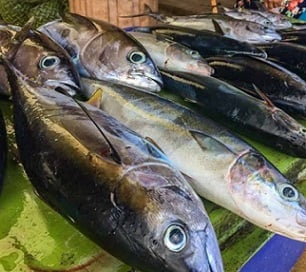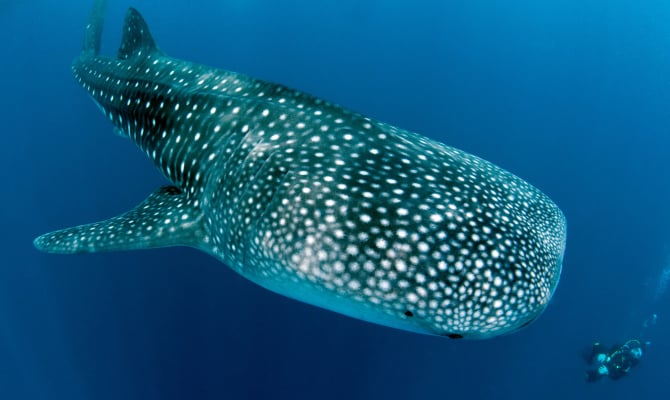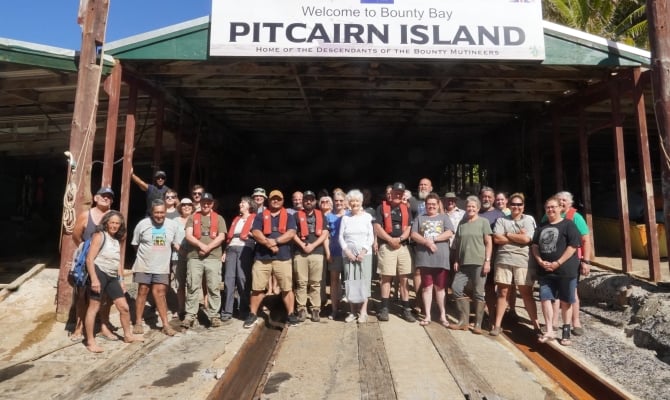A New Zealand technology company has been chosen to help project workers in the Pacific Islands as they try to prevent the extinction of endangered species.
Gisborne-based ThinkSafe was selected for the United Nations programme, which has been launched in 20 nations.
The UN Environment invasive species initiative is designed to help countries better adapt to climate change by reducing the ecological and socioeconomic impact of invasive species on the local ecosystem.
ThinkSafe’s mobile technology is used to monitor the safety of thousands of workers in remote and inhospitable environments, and has customised its application to support the UN programme, the company said.
Andrew Burns, managing director of ThinkSafe, said it helps to proactively prevent injuries by using geolocation to identify and communicate potential hazards.
Data collected from the field is also aggregated and analysed using algorithms developed by the company to create incident monitoring and reporting models.
“Pacific Islands ecosystems are among some of the world’s most biodiverse, however, their isolation and relatively recent human occupation means native species have not evolved to cope with the devastating impact of predators,” Burns said.
“The UN-led initiative is critical to helping Pasifika adapt to the impact of global warming and will utilise a workforce of hundreds of staff across the island nations working to remove IAS from these habitats.”
The working environment can be extremely hazardous, with the infrastructure required to be able to rescue injured workers often insufficient or ineffective, he said.
Combined with a lack of regulatory oversight and high-level support systems, it can make the role one of the more dangerous jobs.
“As part of the eradication process, workers put themselves at extreme risk of injury and in many cases the low probability of being evacuated from these remote locations in time significantly increases the chances an injury will be fatal.
“These risks range from being attacked by aggressive predators they are trying to eradicate including wild dogs and boar, harsh chemical burns, lacerations occurring during tree felling and bush clearing, as well as the potential for drowning while river crossing or boating.
“Our technology, which was developed and extensively field-tested in Papua New Guinea jungles, has been modified to meet the unique needs of the UN environmental programme,” Burns said.
Staff are given mobile devices to allow them to record the GPS location of hazards and create reports which are then shared with other workers on the network.
The technology has already been adapted for health and safety monitoring and workforce protection in 90 different industries for over 5000 users in 24 countries, the company said.
This story was written by Mike Kilpatrick, originally published at Newshub on 27 April 2022, reposted via PACNEWS.



